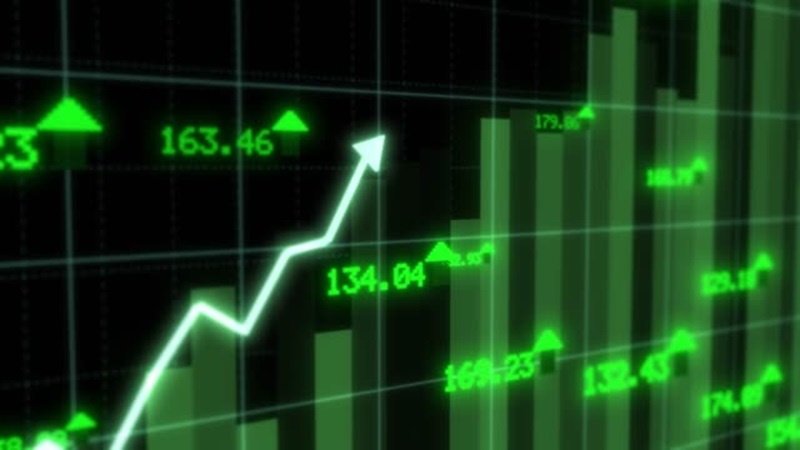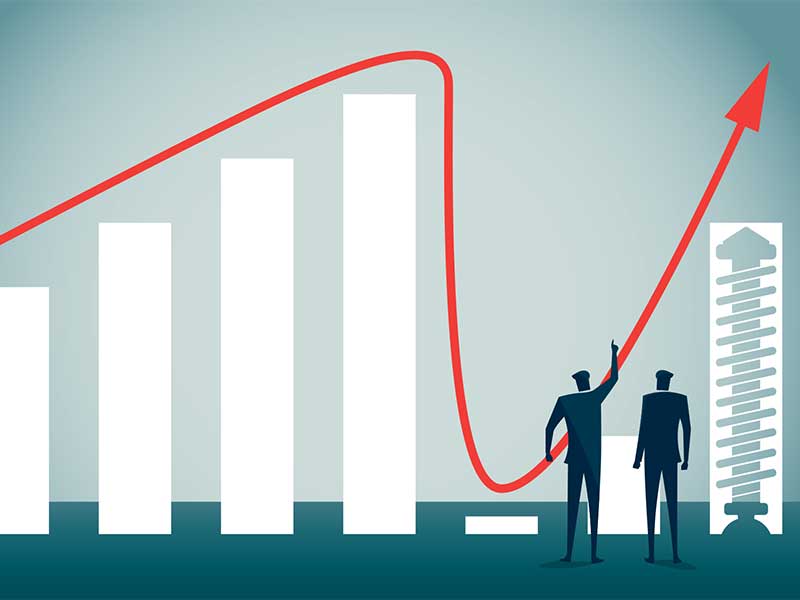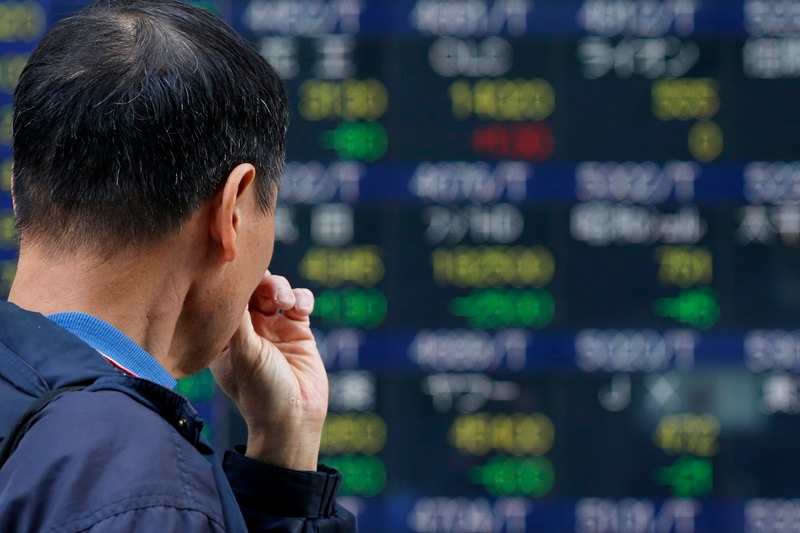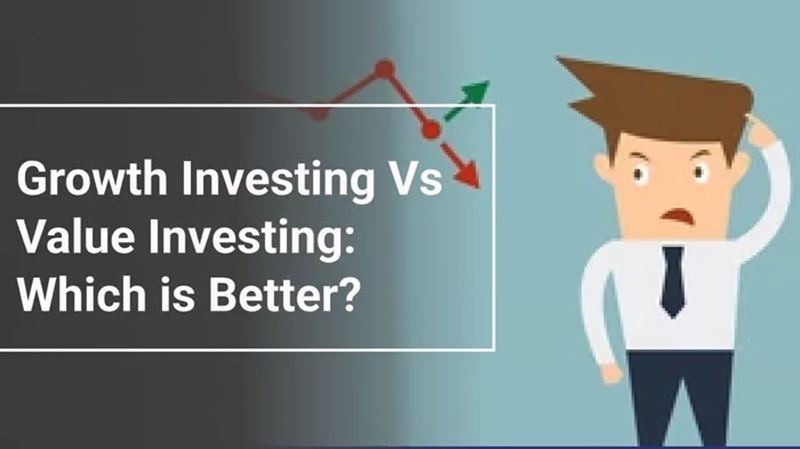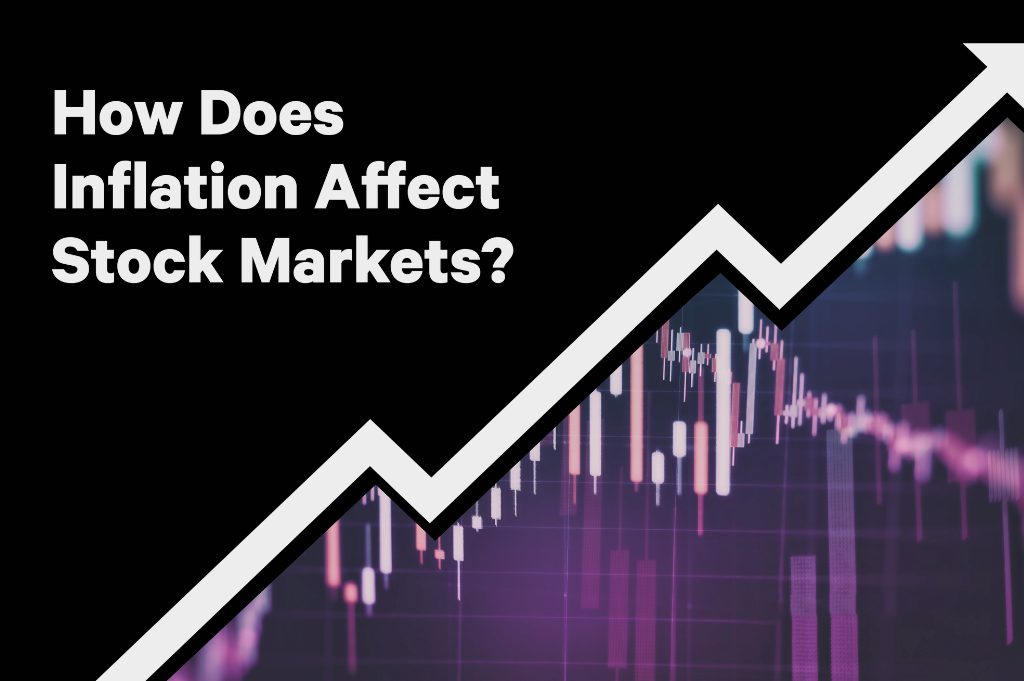Stock market recovery can seem like a distant hope when you’re watching your portfolio dip. But what if I told you that downturns often pave the way for remarkable comebacks? If you’ve kept your ear to the ground, you might sense the shift. As the market bruises start to heal, your portfolio needs to be in top shape to catch that upswing. It’s not just about surviving the storm; it’s about being ready when the sun breaks through. So, let’s dive in and prep your investments for the rally ahead, making sure that when the market bounces back, you’re positioned front and center to ride the wave.
Understanding the Current Market Landscape
Identifying Bear Market Recovery Signals
In tough times, we watch for bear market signals. We wonder, “Will things look up soon?” The answer, while never certain, often lies in patterns and signals. When stocks climb for days, it’s like the sun after a storm. More than one day of gains can mean a trend.
Interpreting Economic Indicators of Recovery
For smart investing after a crash, we must read the market’s signs. Economic indicators do just that. They’re like little hints about what might happen next. When jobs grow and factories get busy, those are signs the economy might be on the mend. If people buy more goods, it means they feel good about their money.
Key signs also come from the government, like rate changes. When rates fall, it can be easier to borrow money. This can kick-start spending and investments. Think of it like a big “SALE” sign at your favorite store. It draws you in to spend, right?
We also peek at what big investors do. They have a lot to lose, so they’re careful. When they start buying a lot again, it’s a good hint for us. It’s like watching the smart kid in class. If they’re writing a lot, the test might be tough, so you get ready too.
Post-crisis investment tactics are key. Now, don’t think you need to buy or sell everything! It’s about balance. Mix up your investments to spread out risk. It’s like not putting all your eggs in one basket. If one breaks, you still have more!
So, what’s our takeaway? Look for signs of a stock market bounce back. Patience pays off in the recovery phase of stock market changes. If you rushed and sold everything in a crash, you might miss out! Watching the market’s rhythm can cue when to jump back in.
Let’s not forget about history. It has lessons for us. Look back at historical market recoveries. Patterns often repeat. By checking past rallies, you can guess better what might happen next. Be careful, though—history doesn’t predict; it informs!
Above all, restoring investor confidence matters. When people believe in the market again, money flows in. It’s a group effort—everyone’s mood swings can shift the market. If we all keep cool heads, rebound in trading activities can solidify.
Remember, no one has a crystal ball. But we do have clues. Combine those with wise choices, and you’ll navigate a market recovery well. Whether it’s a bear market recovery or a bull market charge, your portfolio can be ready. Let’s aim for resilience and smart moves for the long run.
Preparing Your Portfolio for a Potential Bounce Back
The Importance of Portfolio Rebalancing After a Crash
After a market crash, your portfolio can be a mess. Stocks you counted on might fall hard. That’s where portfolio rebalancing comes in. It’s a key move to ensure you’re ready for a stock market upturn. It is like arranging your investments to keep your money goals on track.
Think of it as cleaning your closet. You remove clothes you don’t wear and add new ones that suit you now. In investing, you sell some assets that may not recover well. Then, you buy others that show promise. This helps avoid big losses and prepares you for stock market rebounds.
When markets fall, your mix of stocks and bonds can tilt too much one way. Rebalancing gets it back to your original plan. This is vital to help you stay calm and avoid hasty moves that can hurt your savings.
Capitalizing on Growth Stocks During Market Upturns
Growth stocks are like rockets. When the market bounces back, they can soar high and fast. These are usually companies that grow quicker than the average business. They often don’t pay dividends. Instead, they reinvest profits to expand and improve. When you get in at the right time, like just before a bull market signals a rally, your gains might be huge.
To spot these winners, look for signs of innovation and strong leadership. Also, check which sectors might lead the recovery phase of the stock market. Tech, green energy, or health care could be hot areas.
But beware, these stocks may also fall fast if the market turns again. That’s why spotting bear market recovery signs is so good. They help you time your move. These signs can be like a green light telling you when to go for growth stocks.
In the end, your sights should be on long-term investment after a downturn. Rebalancing and choosing growth stocks are steps to bounce back stronger. And don’t forget, in the stock market, patience pays. So, strap in and get set for the ride up as the equity market bounces back.
Risk Management in Anticipation of Market Volatility
Employing Risk Management Techniques for Volatile Markets
When stocks swing up and down, you might feel unsure. Let’s simplify how to stay steady. Think of managing risks like using an umbrella in a storm. First, spread out where you place your money. This is called diversification. If one stock falls, others might not, which can help you keep some gains when the market is tough.
Next, know when to hold or sell your stocks. Do this by setting rules for yourself on how much loss you can take. This can help you not lose too much when prices dip. It also reminds you to stay calm and not make choices in fear.
Lastly, keeping some cash on hand is smart. It lets you buy more stocks when their prices are low. This is like finding a sale on something you were going to buy anyway. You get more for your money!
Analyzing Historical Market Recoveries to Forecast Rebounds
Looking back at old stock market rises helps us guess when the next one may come. We can peek at patterns from the past and see signs that might tell us a rise is coming. Like watching for the first buds in spring to know plants will bloom.
For example, when big companies start to grow again after a low point, it often means smaller ones might too soon after. We also watch what the bosses of big central banks say about the economy. They have a big say in money matters and their words can tell us a lot.
Remember, even the best guesses can go wrong. But using history as a guide lines up our next steps with what worked before. Money talks, but history can teach. When we’re ready for what may come, we can bounce back with the stock market.
Long-Term Strategies for Post-Crisis Investing
Restoring Investor Confidence with Signs of Market Improvement
During tough times in the stock markets, fear can take hold. But look closer, and you might see signs that things are getting better. For instance, when economic indicators like jobs data, earnings reports, and housing stats start to pick up, it means the economy is finding its feet. Investors start to feel hopeful again. Trust grows as they notice these positive changes.
An important sign of markets on the mend is the return of the bulls. This means stock prices are starting to rise more often. It’s like the market is waking up after a long nap. As more and more folks see this, they believe in the market’s strength again. They put money back into stocks, and this circle of trust and investment helps the market heal even more.
Value Investing Versus Growth Investing in the Recovery Phase
After a crash, different kinds of stocks recover in different ways. Stocks with low prices but solid business prospects are called ‘value stocks’. They can be like hidden treasures waiting to shine once the market bounces back. On the other side, you have ‘growth stocks’. These are shares of companies people think will grow fast in the future. They can charge ahead when the market recovers, bringing big wins for those who invested in them.
Choosing between value and growth investing depends on what fits you best. Think about whether you like to look for bargains or if you prefer to bet on the next big thing. In a stock market upturn, both strategies can work, but it’s like picking the right tool for the job. It helps to know the business field, watch market trends, and learn from history. By doing this, you can make smarter picks for your portfolio.
Investing after a tough time in the markets can be scary, but it’s also a chance to get set for the future. Smart choices now can lead to good things down the road. Remember to keep an eye on those bull market signals, think about how to mix value and growth stocks in your investing plan, and stay on top of the economic signs showing we’re on the path to better days. This way, you’re not just hoping for a recovery – you’re ready for it.
In this post, we dug into the current market scene, spied on signs of recovery, and figured out how economy clues can hint at a bounce back. Then, we looked at how to fix up your portfolio when the market starts to jump up again. It’s smart to shuffle your investments after a crash and chase stocks that might grow fast during an upturn. We also talked about how to keep your cool and protect your cash when the market shakes. Using smart safety moves and looking at past market comebacks can help us guess when things might look up.
Lastly, we talked about playing the long game after a crisis. It’s key to get your mojo back by watching the market pick up and deciding whether you’re into value investing or chasing fast growers in the recovery phase.
Here’s the lowdown: Stay sharp, rebalance with care, manage risks, and play for keeps with long-term moves. Keep these tips close and you’ll be ready to roll with the punches and thrive after tough times. Stay smart, stay calm, and invest on!
Q&A :
How Long Does It Usually Take for the Stock Market to Recover?
The duration for a stock market recovery can vary widely depending on the nature of the economic downturn, the underlying causes of the market drop, and policy responses among other factors. Historical data shows that shorter downturns, often referred to as corrections, can recover within a few months, whereas more significant downturns, like bear markets or crashes, may take several years to bounce back fully.
What Factors Influence the Speed of Stock Market Recovery?
Several factors influence the speed of stock market recovery including the stability of the financial system, investor confidence, economic indicators, government interventions or stimulus packages, and global economic events. The interplay of these factors can either hasten a recovery or prolong the downturn.
Can You Predict When the Stock Market Will Recover?
Predicting the exact timing of a stock market recovery is extremely challenging as it depends on a multitude of unpredictable economic, political, and social variables. Analysts usually look at historical patterns, current market conditions, and economic indicators to estimate potential recovery periods, but these predictions are often speculative.
What Are the Signs of Stock Market Recovery?
Signs of stock market recovery typically include a sustained increase in stock prices, improvement in economic indicators like GDP growth and unemployment rates, a return of investor confidence, and stabilization in the trading volumes. Investors might also observe a decrease in market volatility and a better outlook from market analysts and experts.
How Can Investors Prepare for a Stock Market Recovery?
Investors looking to prepare for a stock market recovery may consider diversifying their portfolios, keeping cash reserves for buying opportunities, staying informed about market trends, and avoiding panic selling during downturns. Additionally, it is often recommended to consult with financial advisors to align investment strategies with market conditions and personal financial goals.

